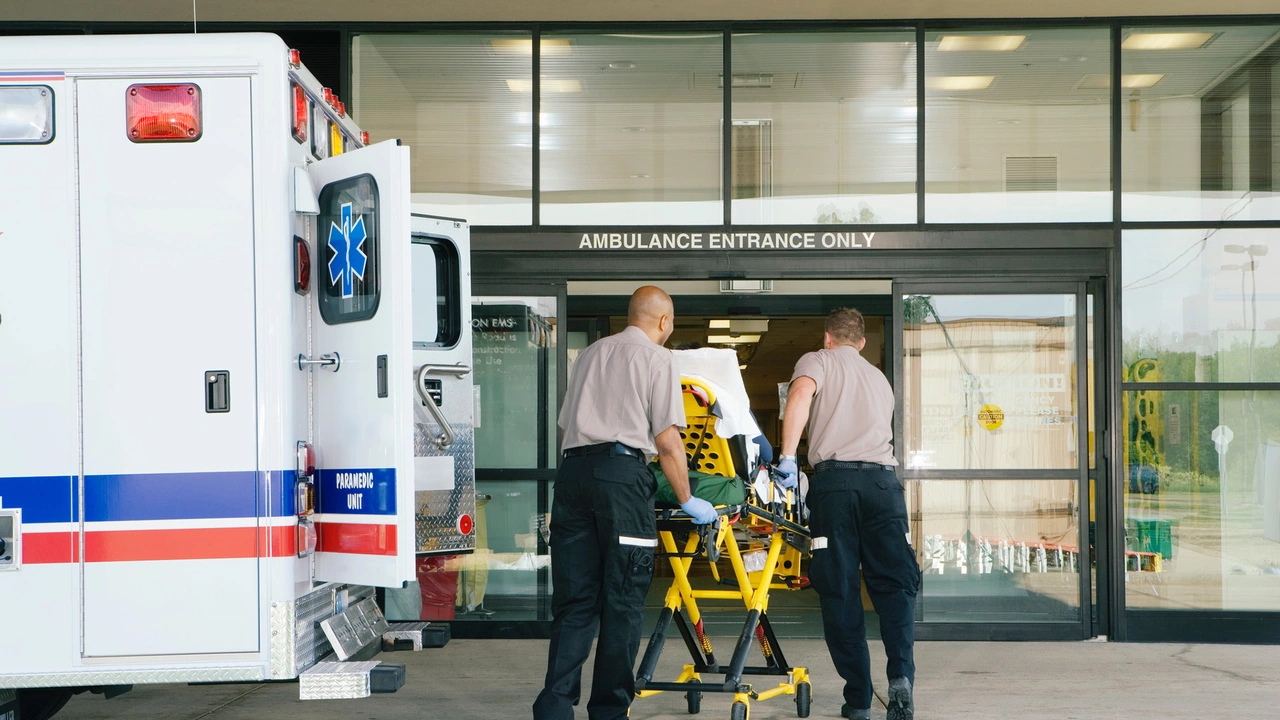Ambulance Basics – What Every Driver and Passenger Should Know
When you hear a siren, you know an ambulance is on the way. But most people don’t realize how the vehicles are built, how crews decide what to do, or what you can do to help. Understanding the basics can cut down confusion and keep everyone safer.
First, an ambulance is more than a big van with a flashing light. Inside you’ll find a stretcher, oxygen tanks, monitoring equipment, and a compact pharmacy. The crew usually includes a paramedic and an EMT, each trained to assess injuries, give medication, and stabilize patients before they reach a hospital.
How Ambulances Operate in an Emergency
When a 911 call comes in, the dispatch center determines the severity of the situation and sends the closest appropriate unit. The crew follows a set of protocols that tell them which treatments to give based on the patient’s condition. For instance, a heart attack patient gets a different set of drugs and monitoring than someone with a broken bone.
Once on scene, the crew performs a quick primary survey: checking airway, breathing, circulation, and disability (the ABCD). They then decide whether to treat on site or move the patient straight to the nearest trauma center. The decision hinges on distance, the type of injury, and hospital resources.
During transport, the ambulance’s built‑in communications let the crew talk to emergency doctors. This “hands‑on‑call” approach means the hospital can prepare a trauma team, operating room, or cardiac cath lab before the patient arrives. That preparation often makes the difference between a full recovery and lasting harm.
Staying Safe Around Ambulances
If you’re driving and see an ambulance with lights and sirens, pull over to the right as soon as it’s safe. Give the vehicle a clear lane to pass and stay stopped until it has passed. This simple move saves lives and prevents accidents.
Pedestrians should also stay clear of the ambulance’s path. If you’re crossing a street and hear a siren, wait until the vehicle has passed and the lights are off before stepping back onto the road. Even if the ambulance is stopped, give the crew space—they’re busy moving equipment and may need room to load a stretcher.
In a home emergency, keep the way to the front door clear. Paramedics often need to bring a stretcher in quickly, and a blocked hallway can cause delays. If you’re the one calling 911, give the dispatcher exact details: address, the nature of the emergency, and any hazards like pets or fire.
Finally, remember that the ambulance crew is your partner in crisis. Follow their instructions, stay calm, and help them by pointing out any medical information you have—like allergies or current medications. The more they know, the faster they can act.
Knowing how ambulances work and how to interact with them can turn a stressful moment into a smoother, safer experience. The next time you hear that distinctive wail, you’ll be ready to do the right thing.
